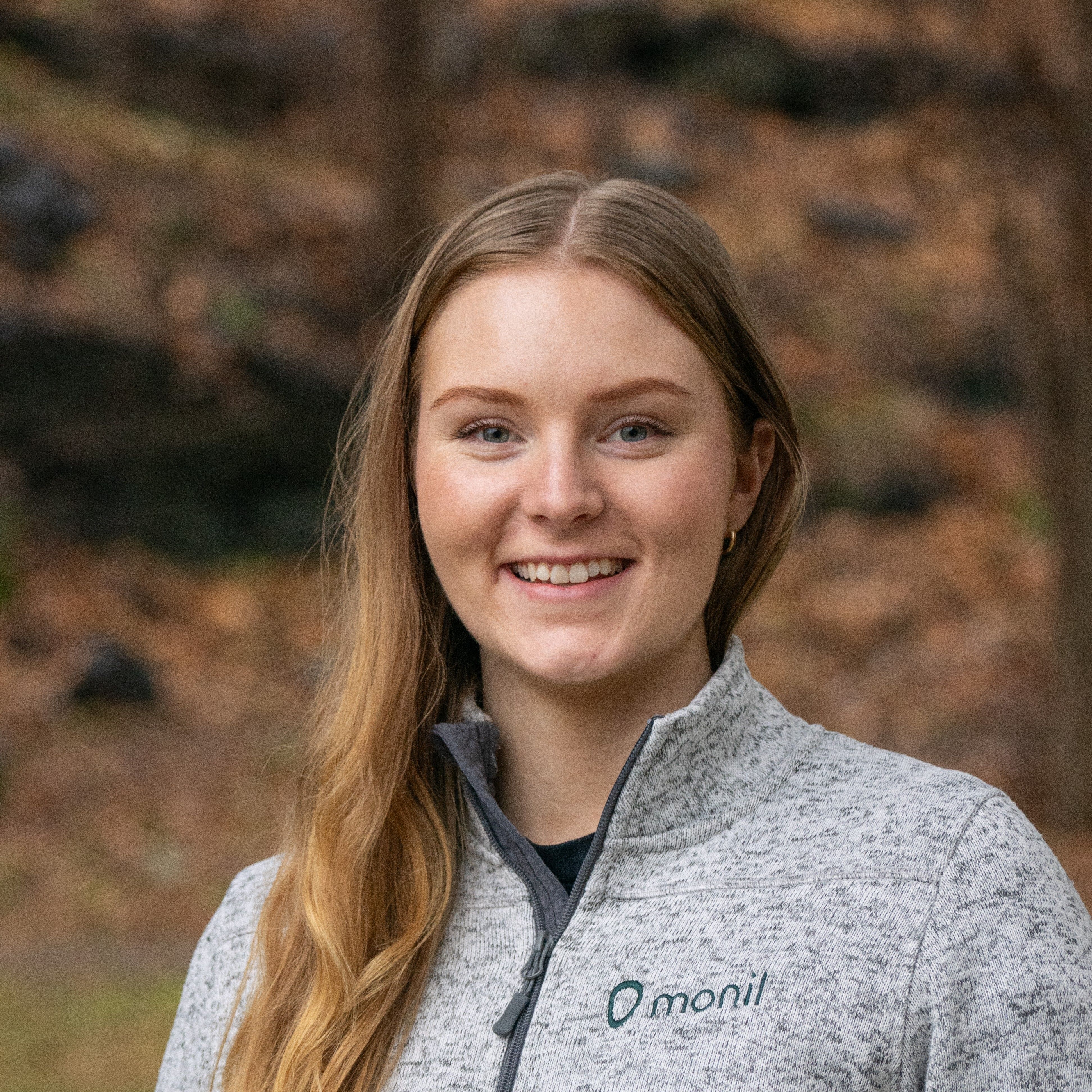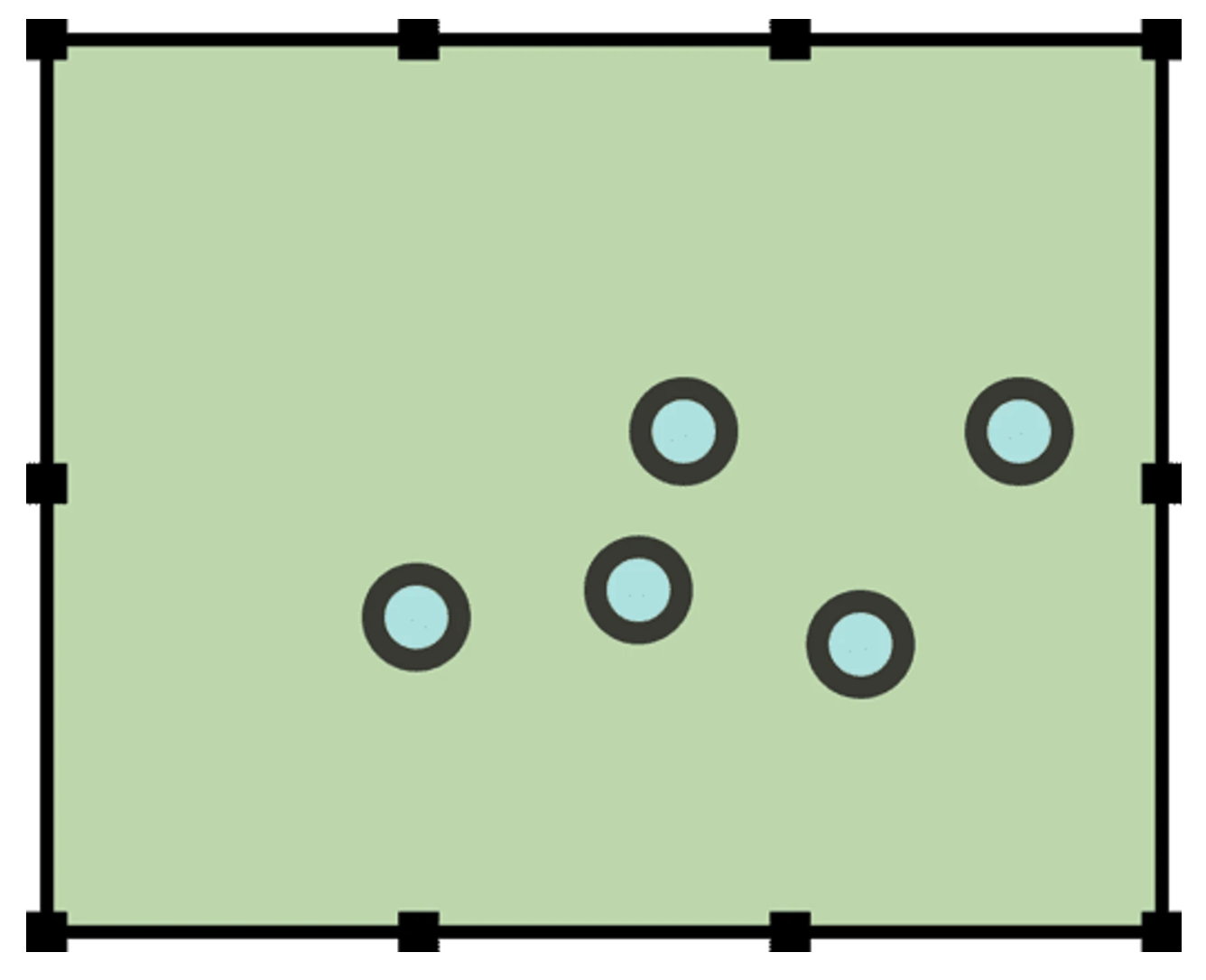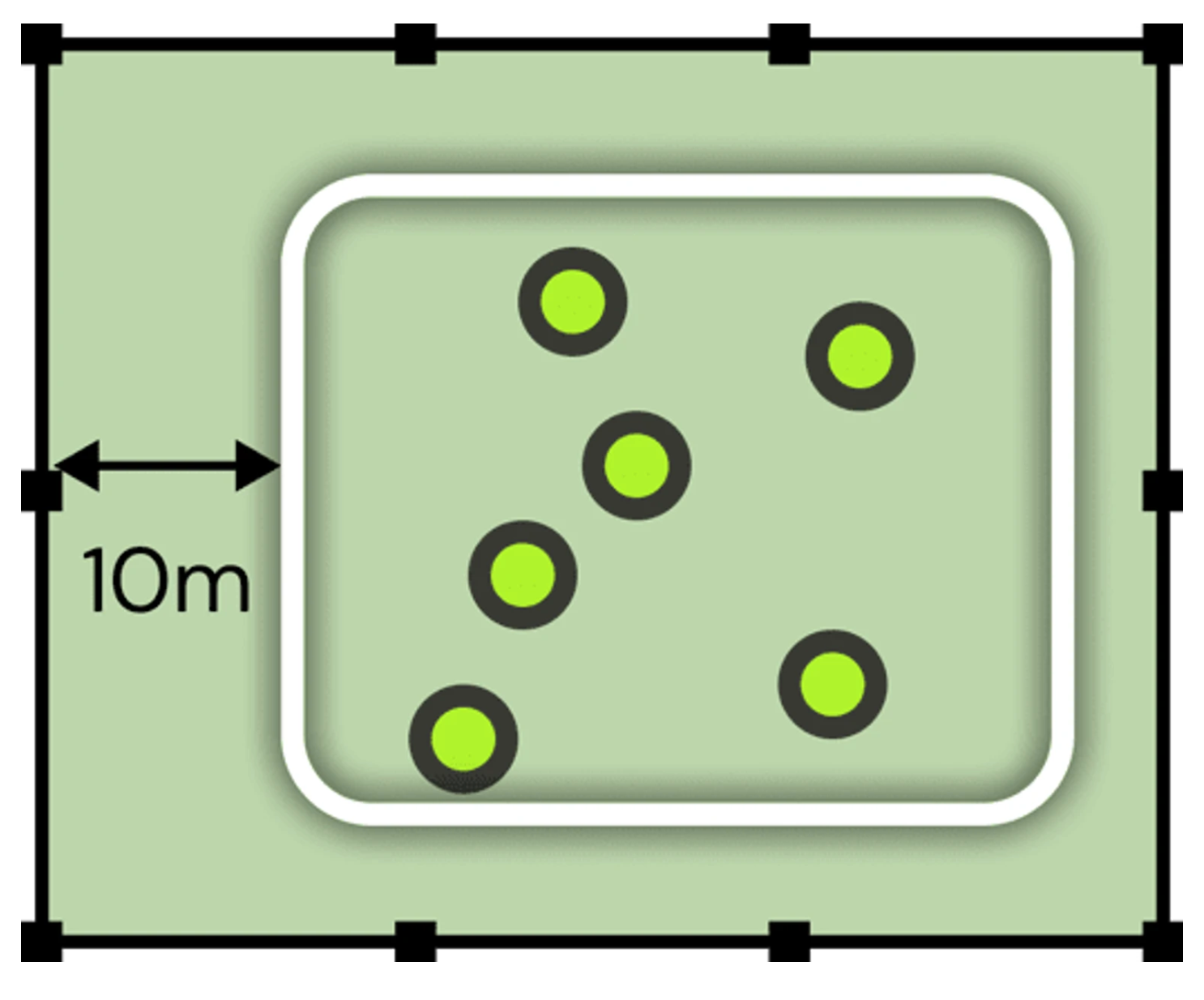A Successful Start with Monil Collars


Now you've got the collars, put them on the animals and are ready to get started.
A thorough training period is essential to achieving a successful grazing season and avoiding unexpected incidents. The animals need time to adapt to the new technology. A thorough training period helps animals learn to react to the collar signals, making a pleasant grazing season. In addition, a well-planned training period provides the opportunity to find out what works best for the herd and the grazing season in general.
We have collected experience and organized the training period into three different phases: adaptation, exposure, and control.
Virtual Fence Learning Phase 1: Adaptation

After the collars have been activated and placed on animals, release them in a training area with plenty of feed and water. At this stage, leave the virtual fence disabled.
The training area should not be too large, and an example of size is 50x50 meters for training 10 animals.
You are ready for the next step when your herd is calm and comfortable wearing the collar. This can take minutes to hours, and it varies from herd to herd.
Virtual Fence Learning Phase 2: Exposure

Draw a virtual fence that is 10-20 meters inside the physical fence. Feel free to start with a virtual fence on only 1 side of the area.
Add all the collars to the fence you have drawn. The animals must be at least 3 meters inside the fence for it to be activated on the collar.
It’s best to draw the virtual fence border close to the physical fence. The physical fence ensures that the animals quickly retreat to the Monil fence after crossing the border. In addition, a border close to the fence ensures the animals don’t have the opportunity to remain on the wrong side of the virtual fence, making the training go faster.
In this phase, all the animals must get to know how the virtual fence works several times. This happens through what we call “events”: sound and electric signals. This phase can last for several days until the animals have learned to turn around at the first sound signal.
Virtual Fence Learning Phase 3: Control

After 3-5 days of training, it is time to move the virtual fence.
Draw virtual fences on several sides of the training area, and finally remove all physical fences, so that the animals only depend on the sound signals. A good measure to see if the training is successful is that over 70% of the events are sound after moving the virtual fence.
Once trained, you can transfer livestock from the training area to virtual pastures. To prevent escape, handling shifts in virtual pastures should be done calmly and with minimal stress on the animals.
Learning Virtual Fence Takes Time and Patience
New technology and systems require more time to learn—for you and your livestock. This is completely normal. That's why our support team is available on weekdays via , which is answered within 24 business hours. We are happy to answer any questions you may have about our collars or just hear how things are going.
Learn more about our collars and how to conduct a proper training period in our manual.
This article has been translated from Norwegian by Rebecca Harrisson.
